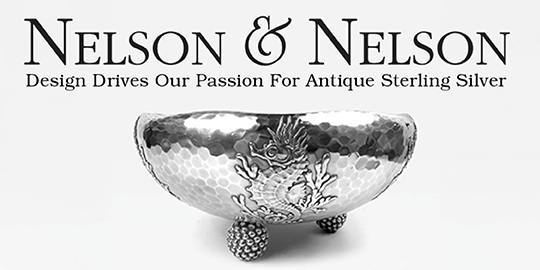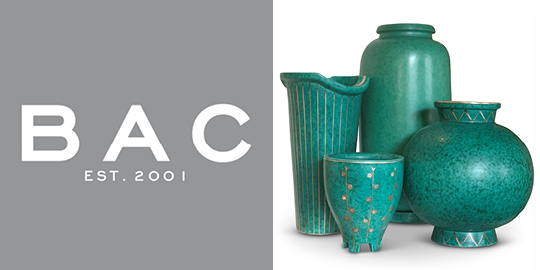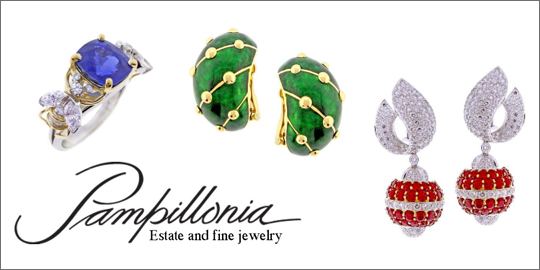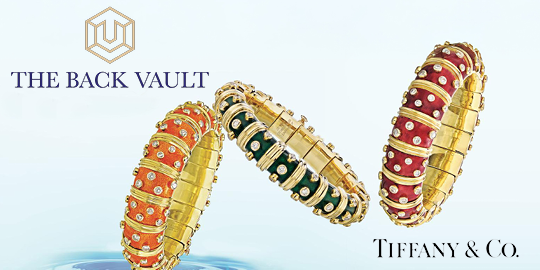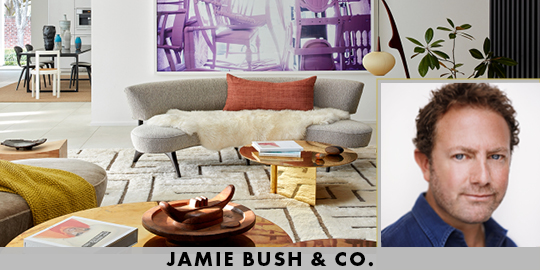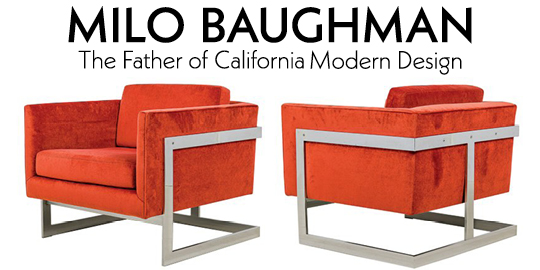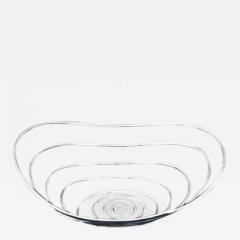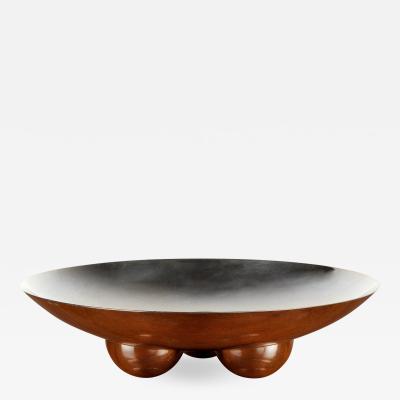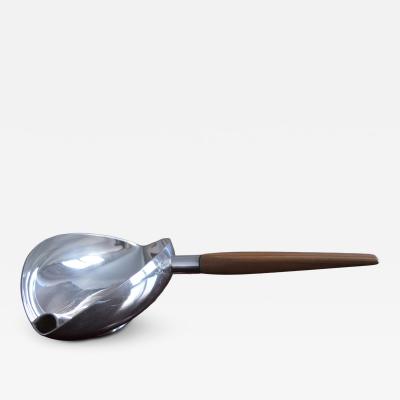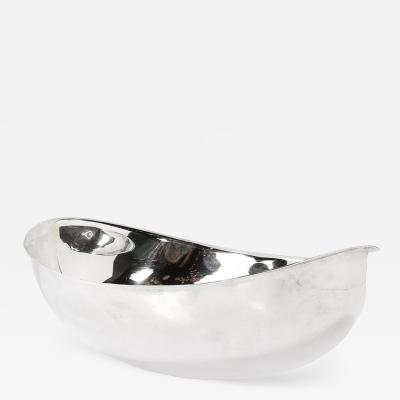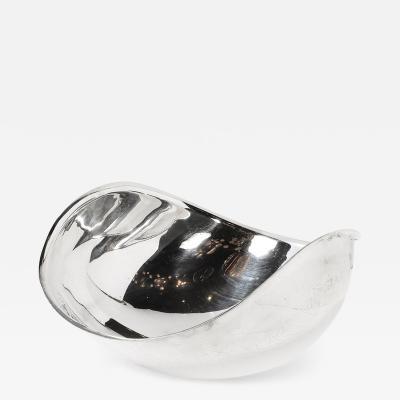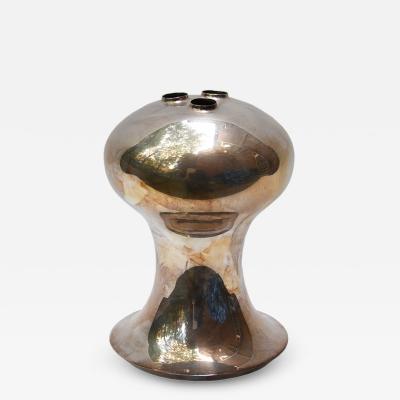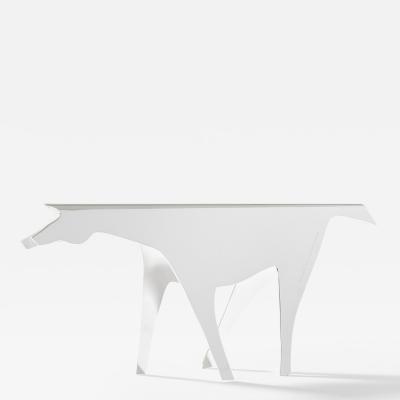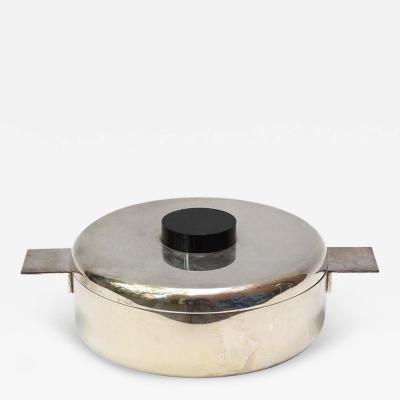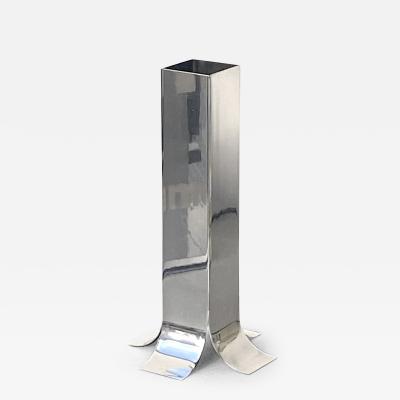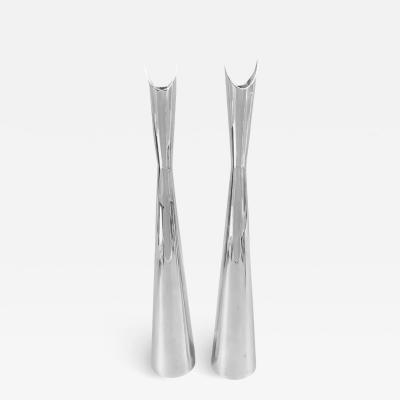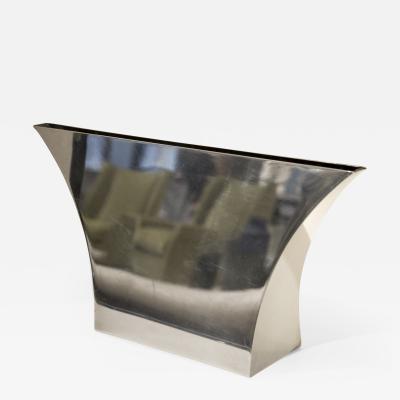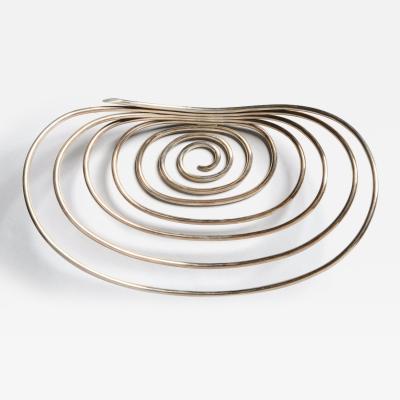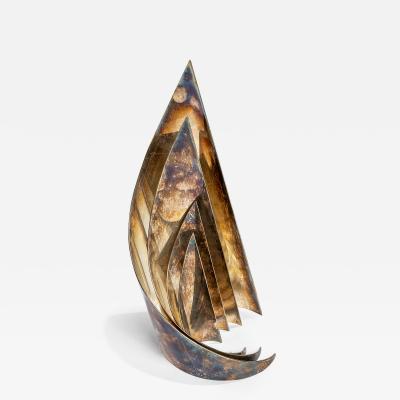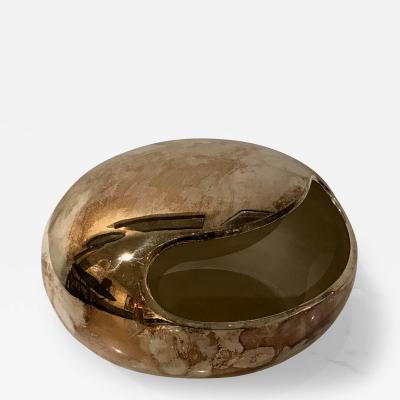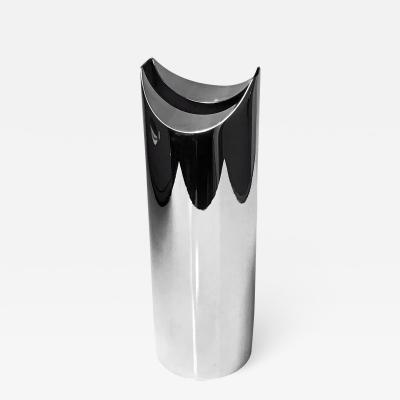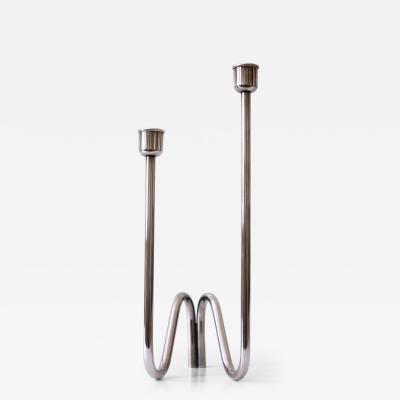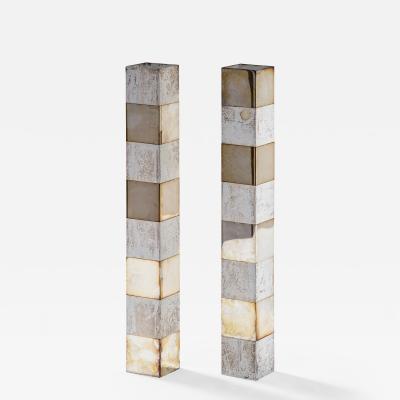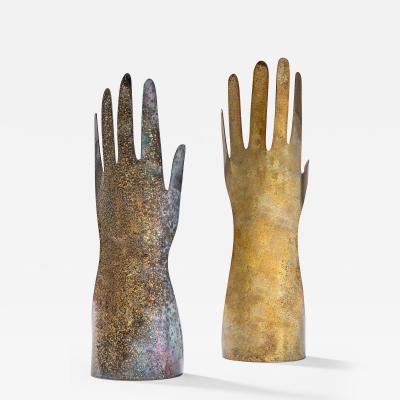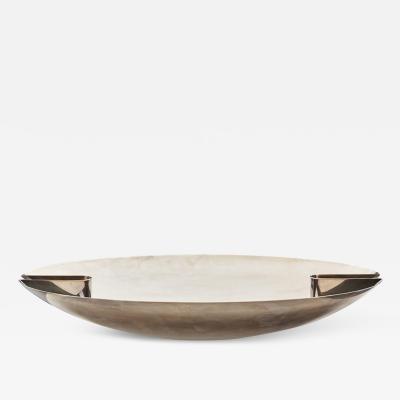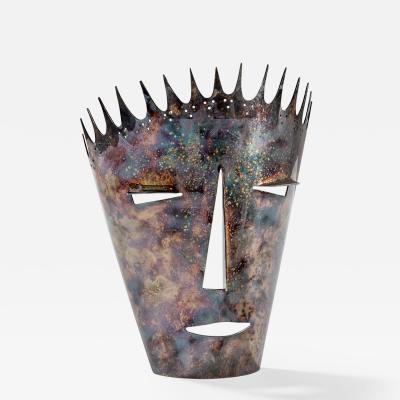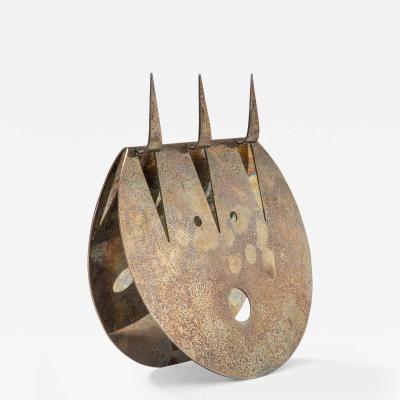Lino Sabattini
Italian, 1925
Lino Sabattini was born in Correggio (Reggio Emilia) the 23rd of September 1925 from unpretentious and hard-working people. While he was still a child, his family moved to Blevio, a small group of houses on the Como Lake. He was different from the other children: he preferred long walks in the mountains, ending with a dive into the water of the lake, to toys. He developed a passion for music and theatre. At the age of 14 he found a work in Como, in a commonplace brass objectst shop. It was no casual choice. Soon he found a copy of Gio’ Ponti review “Domus”. It became his textbook, his Bible, his correspondence school. In the brassware shop he earned his living, but he also learned the techniques of metal’s trade.
In an old windmill on the lake meets Rolando Hettner, a displaced German who made beautiful works of pottery, painted and read great numbers of books. The man in the old windmill became the exilarating experience of his spare time, a master of existential tension who encourged Sabattini to seek radically new artistic solutions for his work. Now thirty, Sabattini left Blevio for Milan, where he found basement and setup up a small laboratory with all the essential tools for his craft. His contacts with “Domus” became more frequent. He began to meet young architects and pupils studying under Gio’ Ponti. On of them brought the master a few metal objects created by the young craftsman. So, one day Ponti himself showed up in Sabattini’s basement. He looked around, handled a few objects and gave Sabattini an idea to work on. In no more than three days Sabattini has finished the job. Ponti was enthusiastic. This was the beginning of a long friendship marked by several fundamental landmarks: Milan Triennials, Venice Biennials, the pubblication of his works and a one-man exhibition both in Italy and abroad. In 1956 Sabattini caused sensation with the prototype of the “Como” Set at the Paris Exhibition “Shapes and Ideas from Italy”. From 1958 to 1963 he worked in Paris and in Milan for Christofle, a prestigious company, trying in vain to sweep away stale and lifeless production work.
In 1964 he moved to Bregnano, a little spot between Milan and Como. He became the entrepreneur of his own ideas, sensibility and diversity which found no place in the contemporary world of production. This began a solitary adventure wich eventually took solid shapes in the Argenteria Sabattini, where he created beautiful silver shaped of exquisite semplicity.
lino sabattini vases
In an old windmill on the lake meets Rolando Hettner, a displaced German who made beautiful works of pottery, painted and read great numbers of books. The man in the old windmill became the exilarating experience of his spare time, a master of existential tension who encourged Sabattini to seek radically new artistic solutions for his work. Now thirty, Sabattini left Blevio for Milan, where he found basement and setup up a small laboratory with all the essential tools for his craft. His contacts with “Domus” became more frequent. He began to meet young architects and pupils studying under Gio’ Ponti. On of them brought the master a few metal objects created by the young craftsman. So, one day Ponti himself showed up in Sabattini’s basement. He looked around, handled a few objects and gave Sabattini an idea to work on. In no more than three days Sabattini has finished the job. Ponti was enthusiastic. This was the beginning of a long friendship marked by several fundamental landmarks: Milan Triennials, Venice Biennials, the pubblication of his works and a one-man exhibition both in Italy and abroad. In 1956 Sabattini caused sensation with the prototype of the “Como” Set at the Paris Exhibition “Shapes and Ideas from Italy”. From 1958 to 1963 he worked in Paris and in Milan for Christofle, a prestigious company, trying in vain to sweep away stale and lifeless production work.
In 1964 he moved to Bregnano, a little spot between Milan and Como. He became the entrepreneur of his own ideas, sensibility and diversity which found no place in the contemporary world of production. This began a solitary adventure wich eventually took solid shapes in the Argenteria Sabattini, where he created beautiful silver shaped of exquisite semplicity.
lino sabattini vases
Lino Sabattini
Mid Century Modern silver plated dish by Lino Sabattini
H 2.76 in DIA 11.42 in
$ 2,600
Lino Sabattini
“Saulieu” Silver Plated Gravy Boat with Wooden Handle by Lino Sabattini
H 2.36 in W 7.48 in D 9.06 in
$ 950
Access Trade Price
Lino Sabattini
Mid-Century Modernist 'Candara' Centerpiece Bowl signed Sabattini
H 5 in W 12 in D 10 in
$ 1,245
Lino Sabattini
Mid-Century Modernist 'Candara' Centerpiece Bowl signed Sabattini
H 7 in DIA 14 in
$ 1,245
Lino Sabattini
Gio Ponti Lino Sabattini Sculpture Horse in Silver Metal End '70s
H 6.69 in W 18.5 in D 3.94 in
$ 4,000
Lino Sabattini
A bowl and lid silver plated by Lino Sabattini
H 3.54 in W 7.87 in DIA 11.02 in
$ 1,122
Lino Sabattini
Lino Sabattini, Silver Vase model "Persepolis", circa 1960
H 9.84 in W 19.69 in D 3.94 in
$ 3,400
Access Trade Price
Lino Sabattini
1960's silver plated Tea set By Lino Sabattini for Christofle
H 9.06 in DIA 5.91 in
$ 1,900
Access Trade Price
Lino Sabattini
"Cesto" Basket by Lino Sabattini for Sabattini Argenteria, Italy, 1972 ca.
H 4.33 in W 12.99 in D 8.27 in
Lino Sabattini
Rare Set of Graduated Sabattini Bowls, Italy 1970s
H 3 in W 12 in
$ 5,800
Access Trade Price
Lino Sabattini
Lino Sabattini Decorative Object as Sails in Silvered Metal, 70s
H 11.02 in W 4.33 in D 4.72 in
Lino Sabattini
Elegant Mid-Century Modern Candle Holder Flamma by Lino Sabattini Italy 1970s
H 12.2 in W 4.33 in D 5.12 in
$ 2,200
Lino Sabattini
Mackintosh Pair of Vases "Black & White" Reproduced by Sabattini in 1984
H 15.75 in W 1.97 in D 1.97 in
$ 7,500
Lino Sabattini
Gio Ponti and Lino Sabattini Sculpture Hands, 1978
H 13.78 in W 3.94 in D 2.36 in
$ 11,000
Lino Sabattini
Silver Plated "Baja" Centerpiece Bowl by Lino Sabattini, Italy 1970s
H 3.15 in W 19.29 in D 12.6 in
Lino Sabattini
Gio Ponti and Lino Sabattini Sculpture Diavolo in silvered metal, 1978
H 10.63 in W 7.87 in D 5.51 in
$ 7,500
Lino Sabattini
Gio Ponti and Lino Sabattini Sculpture La Luna Strega, 1978
H 8.27 in W 7.87 in D 3.15 in
$ 7,700
